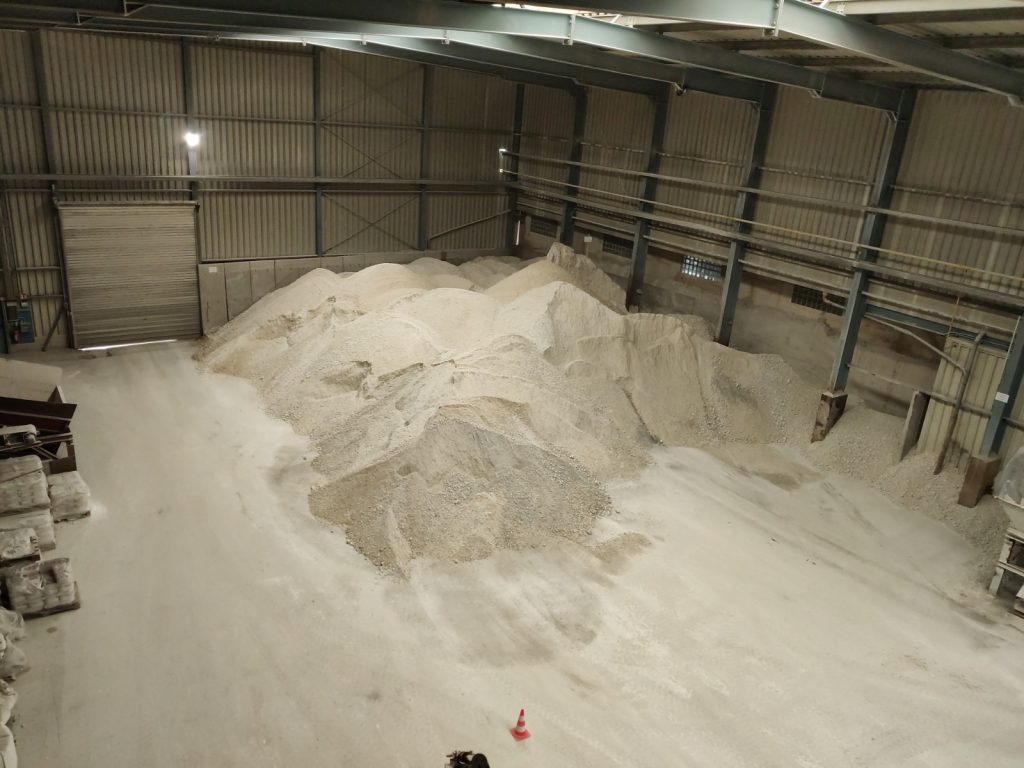3D LiDAR technology can help to offset significant inaccuracies and financial burdens which come as part of an inability to measure and track the volume of raw materials. From agriculture and forestry, to construction and mining, entire operations within these industries would profit from a much more accurate measurement, through vital stages including planning, manufacturing, and delivery.
To date, traditional manual volume measurement methods have included simply eyeballing the materials, the use of a walking wheel instrument, as well as bucket or truckload counting. Not only are each of these techniques inefficient, they are also costly, inaccurate and overall contribute to damaging a company’s ability to outperform others in their industry or field.
Volume measurement requires the entire surface of materials to be scanned, taking into account variations in surface level. Other technologies like cameras or single-point lasers are unable to gather this level of three-dimensional detail at one time. Meanwhile, ultrasound sensors are marred by problems like signal absorption by certain stored materials, signal noise and reflection, limited range, and high-power requirements. This results in inaccurate data and costly installations.
3D LiDAR technology is capable of overcoming these issues, by scanning the entire surface of the relevant material, to produce an accurate three-dimensional point cloud image comprising millions of points. This generates spatial data of the surface accurate to centimetres, accounting for all variations on the material surface. Through a combination of hardware and software data-driven decisions are enabled. The technology is capable of operating in real time to provide the data, which is ultimately the basis for a highly digitised supply chain.
While most optical reconstruction methods require ambient light, LiDAR has the ability to operate in low-light and darkness, leaving customers confident that no matter the circumstances of their operations or storage, the sensing technology can deliver the information required continuously and instantaneously, 24/7. Furthermore, the safety of their workers is protected, due to the extensive range capabilities of the sensors to allow for data to be gathered at longer distances and the scarce need for maintenance.










